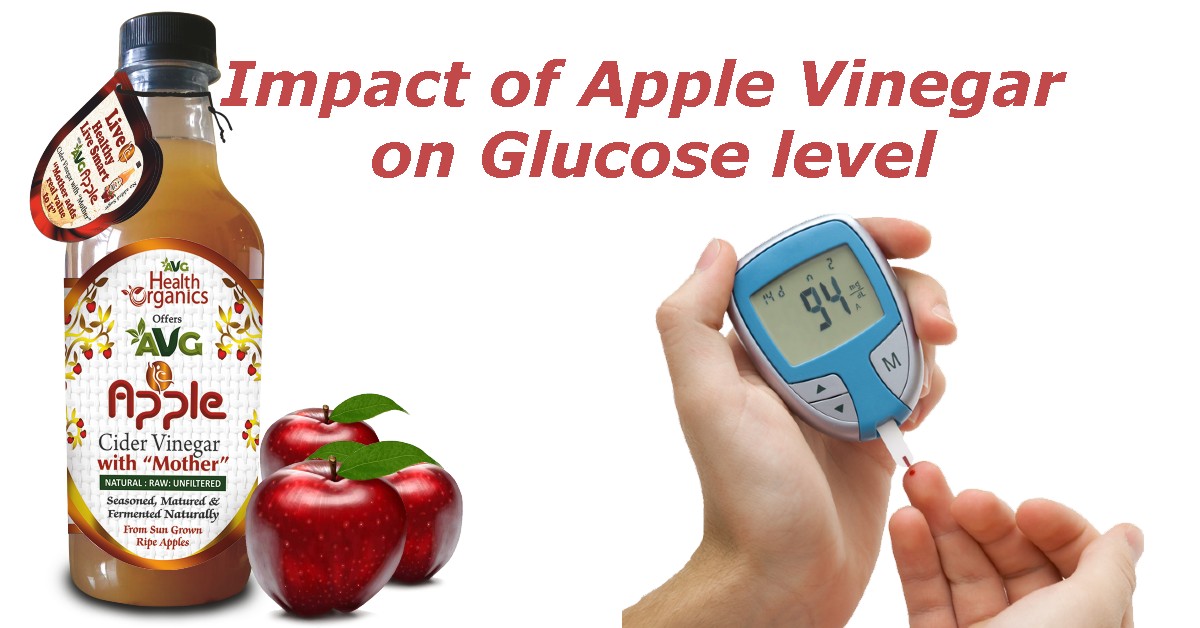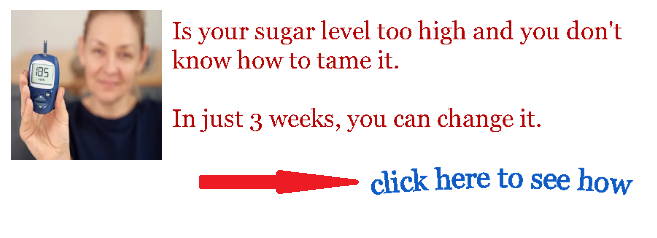Glucose levels
Apple cider vinegar has been rumored to have many different uses, but not many people know that it can help manage your blood sugar levels. The most common use for apple cider vinegar in the beginning was as part of a salad dressing, in soup and sauces, and in hot drinks. But since it became popular, it has started leaving the confines of the kitchen. Many people now use it as a weight loss aid, as a deodoriser due to its antibacterial properties, as an all-purpose cleaner, as a home remedy for sore throats, as a facial toner, and even to clean dentures. But the true question is how it affects glucose levels, and how it acts as a possible blood thinner.
How long after taking vinegar will blood glucose drop?
The question has been asked; how long after taking vinegar will blood glucose drop? In an independent study, it was shown that blood glucose did not drop, but in actual fact increased after approximately forty minutes. The blood also thickened instead of thinned. So where does the truth lie. Let us take a look at a couple of other studies done on the topic.
It has been stated that “apple cider vinegar may lower blood pressure”, but this is in direct contrast to the independent study that was done. In the study it shows fasting bloods and the movement of such bloods. The study subject also shows his blood glucose levels, which sits at a normal 4.7. The study subject then ingests diluted apple cider vinegar and shows us his bloods again after forty minutes. It clearly shows how the blood has thickened and is more sluggish in movement. The subject’s blood glucose levels have also risen to 5.0.
If you want to see that experiment and find out how long after taking vinegar will blood glucose drop or raise? Refer to the video of my experiment.
But this study cannot be taken as the only published work, as numerous other independent studies have been done to determine the effect of different foods and substances to our bodies. In another study, it was shown that after apple cider vinegar was ingested, it reduced blood sugar significantly. It was also proven that the vinegar improved insulin sensitivity by up to 34%, and in another small study it showed that people with diabetes could expect a fasting blood sugar reduction of approximately 4% if two tablespoons of apple cider vinegar was ingested before bedtime. Numerous studies have indeed shown that taking vinegar will result in a blood glucose drop.
Apple cider vinegar is being lauded for its ability to help treat type 2 diabetes. While any diabetic knows that the healthiest way to regulate their blood sugar levels is to simply avoid refined carbohydrates and sugar, they have found a loophole into enjoying the good food in life without risking going into diabetic shock. Due to its antimicrobial and antioxidant effects, apple cider vinegar holds many health benefits. Not only for people living with type 2 diabetes, but also for people seeking to live a healthier life, and those seeking to lose weight. It is also used to reduce cholesterol. But since the numerous studies that have been done thus far is unpublished and unsupported by the FDA, it cannot yet be recommended as an alternative therapy.
Apple vinegar back in a days
Many years before the question was asked about how long it will take for blood glucose to drop after taking vinegar, Hippocrates was using vinegar to clean wounds over 2,000 years ago. As the father of modern medicine, this should speak volumes. The lowly vinegar was also used as a food preservative and as a treatment for acne. Clearly there was something to this mixture of crushed apples and yeast.
This acidic liquid was soon also used as a household cleaner, as well as keeping pesky bugs at bay, getting rid of warts, treating nail fungus and lice, and help clear up an ear infection. Now, all these years later, and as medicine has grown and studies have been done, we understand what it is in vinegar that helps aid in so many different ways.
Unfortunately many of these studies were performed on animals, which cannot give us a clear indication of its efficacy. The main goal of these studies were to show how vinegar could reduce the risk of heart disease. But since humans and animals differ in biological makeup, these studies are largely unfounded. Laboratory induced diabetes in mice and rats were used to measure the effects of apple cider vinegar on blood glucose levels, and how long it will take for blood glucose to drop after taking vinegar. The results were inconclusive.
Modern days
There was one small study done which was published in the Journal of the American Association of Diabetes in 2004. As per this study, the participants were given a meal of orange juice and a bagel with butter. They were then given 20 grams of apple cider vinegar after the meal. Blood glucose levels were measured after 30 minutes, and again after 60 minutes. What they found was that the apple cider vinegar did indeed lower the blood glucose levels significantly. Several other studies came to the same conclusion. But although this is true, apple cider vinegar cannot be seen as a magical cure for diabetes. It will also not take the place of your medication, but it can be incorporated into your diabetic treatment plan. It must be noted though that you should be wary of this if you have kidney disease.
The most important part of managing your diabetes is controlling your blood sugar. This includes monitoring what you eat, drink, the exercise that you do, the medication that you take, and how much sleep you get. Living with diabetes is a constant battle of ensuring you do not go into the realms of hypoglycaemia or hyperglycaemia. There are certain foods that you have to avoid, certain drinks that you cannot have. Furthermore you have to take into account how your body is reacting to your diabetes. Common side effects include reduced blood flow to the body’s extremities, and kidney disease. Because of all of this, caution should be practiced when the internet tells you about all these amazing foods and drinks that will help with your diabetes. Apple cider vinegar being one of them. The fact of the matter is simply this; you cannot make changes in your diet without consulting your doctor first. They monitor your medication, how your body is responding to said medication, what levels of exercise you can safely do, and how certain foods react to all of the above-mentioned. So the bottom line is simple. Speak to your doctor first.
I hope it gave you an idea how long after taking vinegar will blood glucose drop.
Hormones and blood glucose levels
Now that we know how the body responds to apple cider vinegar, let’s take a look at which hormones raise blood glucose levels. First we need to understand what normal blood glucose levels are. Normal blood glucose levels fall between 60-140 mg/dL, which supplies the cells of the body with the required energy.
If you have too little glucose, you become hypoglycaemic, where the cells starve. If you have too much glucose, you become hyperglycaemic, where the cells become sticky and creates a paralysing effect on the cells. What you are looking for is euglycaemia, where your blood glucose levels are within the normal range.
What we want to now know is which hormones raises blood glucose levels. Insulin, glucagon, somatostatin, and amylin are all endocrine hormones produced by the pancreas. Of all these hormones, glucagon is the one that raises blood glucose levels. Insulin is on the other side of this scale, which lowers blood glucose levels. Somatostatin is the scale itself, which is there to balance glucagon and insulin.
Amylin is the hormone which tells our body when to stop eating. Another function of amylin is to regulate the stomach to not empty out too quickly, as this will result in a quick spike in blood glucose levels. Which is another reason why diuretics can be very dangerous, and why people with diarrhoea become very ill and weak.
How to use a blood glucose meter
The use of a blood glucose meter is not solely exclusive to diabetic patients. Although people living with diabetes uses a blood glucose meter on a daily basis, it is also a common practice in hospitals, clinics, and doctor’s rooms to check a patient’s blood glucose. This is often done when a patient comes in who has been diagnosed with stomach flu, as the stomach content is being evacuated faster than the glucose can be replaced.
These patients often face hypoglycaemia, and needs to either take specialised supplements or be put on an intravenous drip. But the practitioners should know how to use a blood glucose meter, and should preferably not have to refer to this article to learn how to do it. This is, however, for those who have never used a blood glucose meter before, and needs a step-by-step guide.
Rest assured, it is a very easy task. The first thing you want to do is to wash and dry your hands well, as any foreign substances such as food particles may give an inaccurate reading. Once your hands are clean, you may now proceed to insert a test strip into the meter. These are provided with the meter when you buy it, and new strips can be purchased separately.
Now comes the hard part, especially for those queasy at the sight of blood, or for those scared of needles. You have to prick the pad of your fingertip with the lancet (needle) which is provided with the test kit. Most kits now have a touch button function which delivers a quick, sharp blow to the finger. Next you take the edge of the test strip, then touch and hold it to the drop of blood. Your last step is to wait a couple of seconds for the meter to display your blood sugar levels on the screen.
Natural blood thinners
If you are interested to find out how food or drink affects our blood condition you feel free to visit HematicFood channel on YouTube. You just interested in a natural blood thinners then you can on this link natural blood thinners


